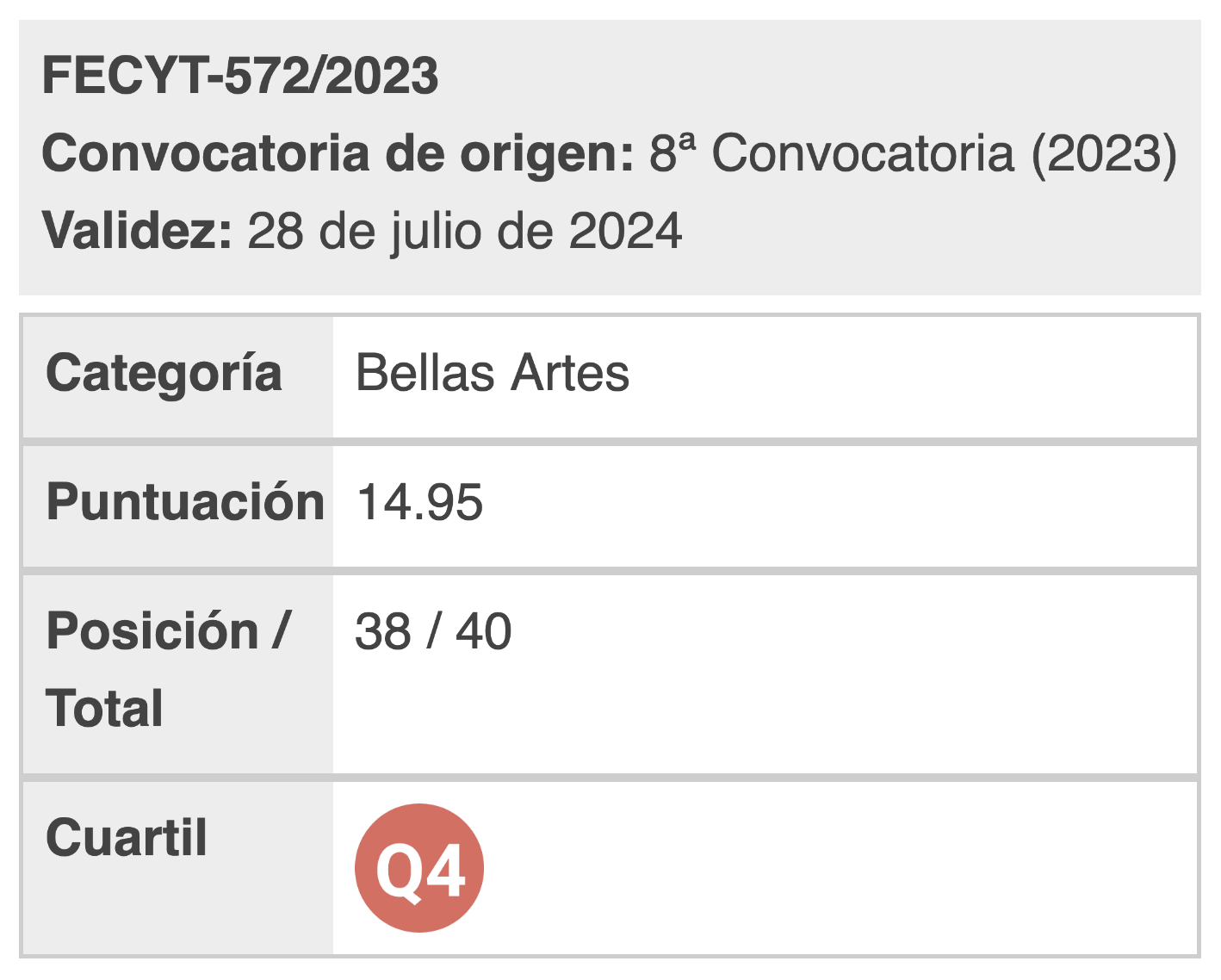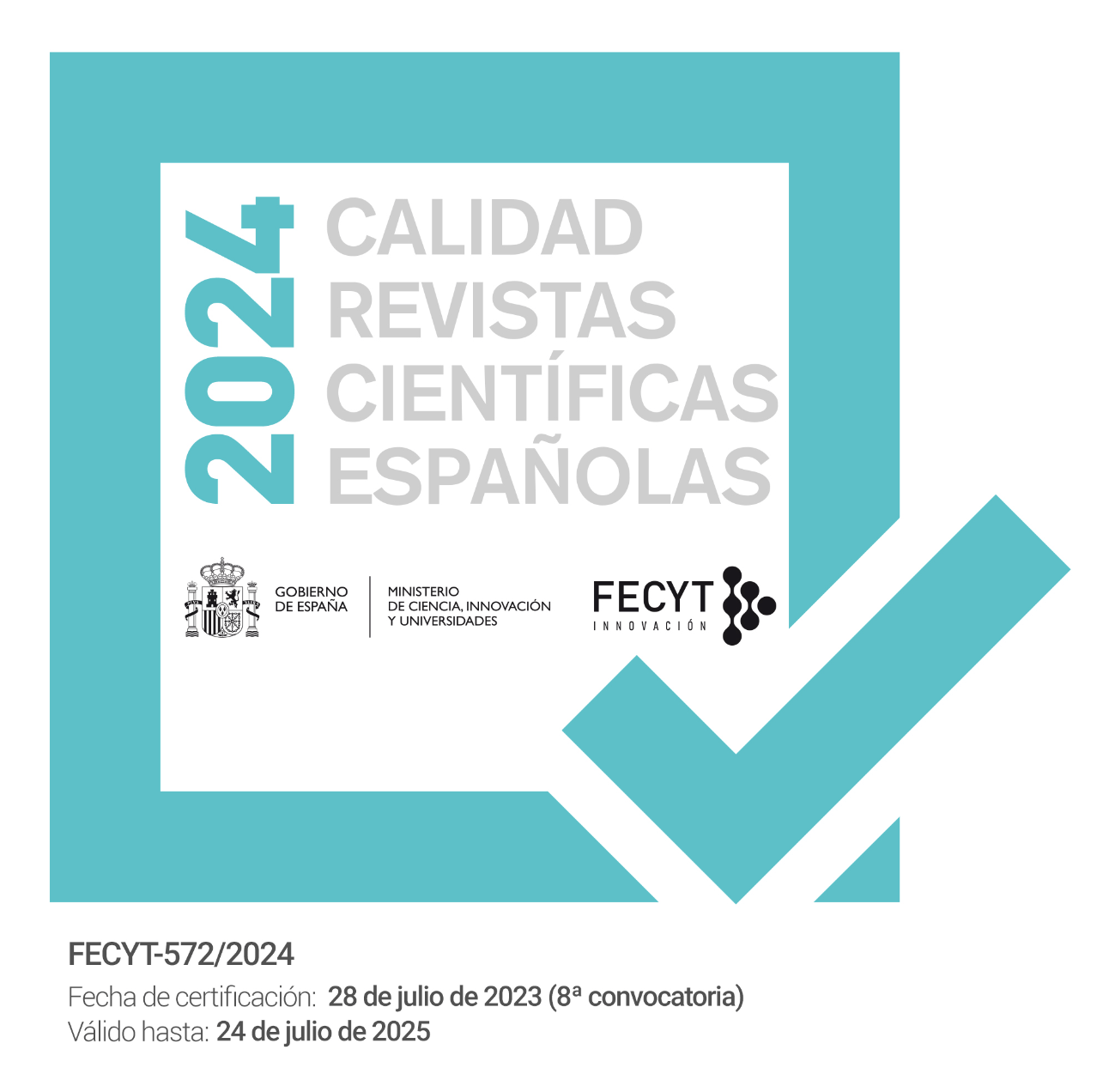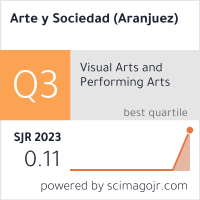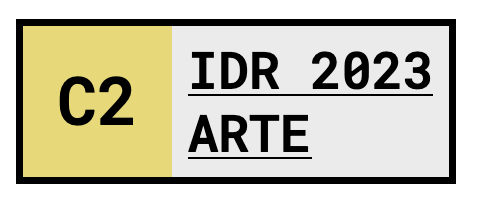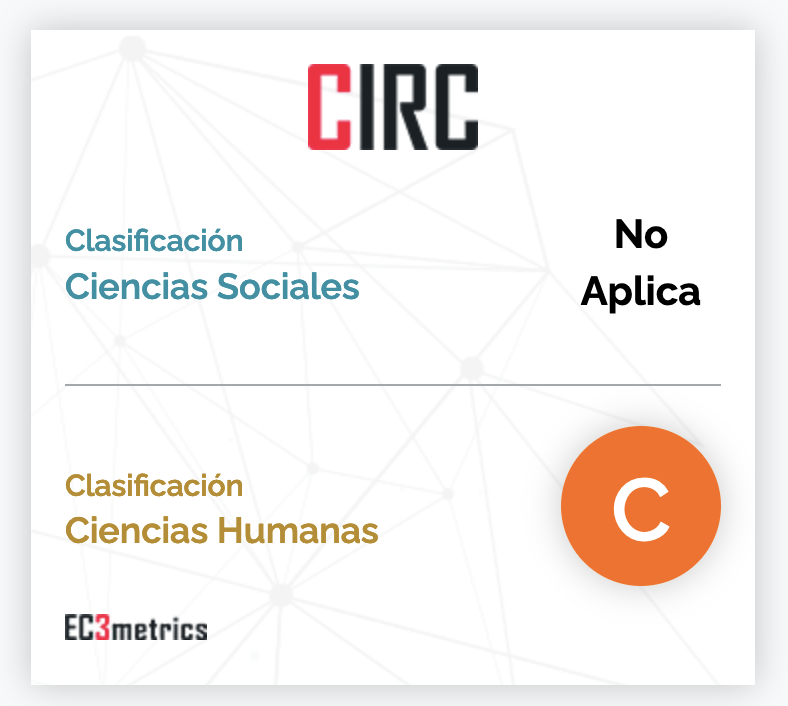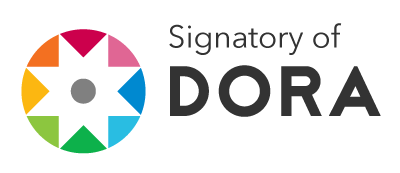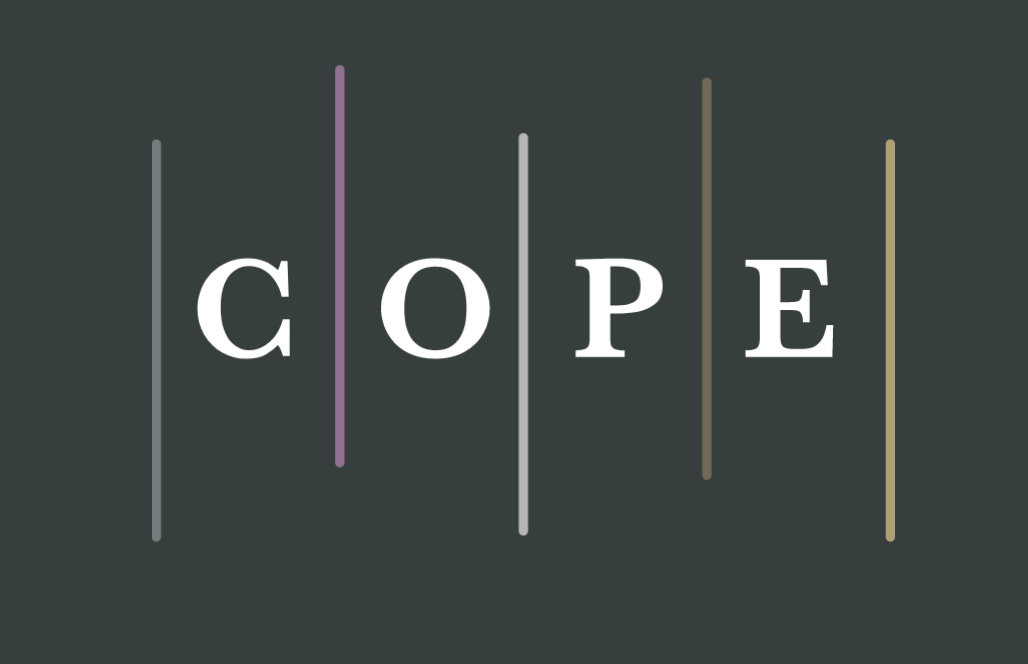The augmented image through visual production devices
DOI:
https://doi.org/10.33732/ASRI.6797Keywords:
augmented image, augmented reality, digital filters, photography, contemporary artAbstract
Augmented Images are based on the idea of the mirror image, since they project partially altered environments and self-images thanks to the identification of scenarios through Augmented Reality software. These are recycled and manipulated images, in constant circulation, that exceed reality itself and make up a superlative reality. Throughout the history of humanity, the development of certain technologies and devices has been carried out that have facilitated the inclusion of elements that cannot be seen with the naked eye in the real world, thus facilitating the flourishing of Augmented Images, as they not only represent a fragment of reality, but can also constitute new potentially materializable realities.References
Baudrillard, Jean. (1997). El complot del arte. La ilusión y la desilusión estéticas. París: Sens&Tonka, éditeurs. 9.
Batchen, Goffery. (2004). Arder en deseos. Barcelona: Editorial Gustavo Gili. 82.
Brea, José Luis (2010). Las tres eras de la Imagen. Madrid: Akal, Estudios visuales.
Català Domènech, Josep M. (2010). La imagen interfaz. Bilbao: Universidad del País Vasco. 143-169.
Flusser, Vilém. (1990). Hacia una filosofía de la fotografía. México D.F.: Editorial Trillas. 12.
Gianetti, Claudia. (1997). “Estética de la simulación”. En Arte en la era electrónica – Perspectivas de una nueva estética. Barcelona: ACC L’Angelot/Goethe Institut de Barcelona. 1.
Gianetti, Claudia. (2003). Arte, tecnología, naturaleza. Senderos convergentes. Valencia: Editorial Sendemà.
Gombrich, Ernst H.(1999). La Historia del Arte. México D.F.: Editorial Diana. 44.
González Ibáñez, Edurne. (2018). “Dale, dale, dale. La construcción de imaginarios híbridos y el desplazamiento de elementos locales en la práctica artística”. En ANIAV. Revista de Investigación en Artes Visuales. Valencia: Universidad de Valencia. 71-82.
Lazzari, Luisa L., MOULIA, Patricia I., GERVASONI, Ana I. (2016). “Aportes de las ilusiones ópticas a diferentes campos del conocimiento”. En Cuadernos del CIMBAGE nº 18. Buenos Aires: Universidad de Buenos Aires. 81-107.
Lopez, Carlos. (2008). “Breve historia de los mundos virtuales”. En Arte y arquitectura digital netart y universos virtuales. Barcelona: Universidad de Barcelona. 135-142.
Maldonado, Tomás. (2009). Lo real y lo virtual. Barcelona: Gedisa. 53-59.
Marzo, Jorge Luis. (2021). Las videntes. Imágenes en la era de la predicción. Barcelona: Arcadia. 29.
Milgram, Paul y KISHINO, Fumio (1994). “Taxonomy of mixed reality visual displays”. En IEICE Transactions on Information and Systems. 1321-1329.
Pablo Moya, Monserrat de. (2014). La cámara oscura como prehistoria de la fotografía. Cuenca: Universidad de Castilla-La Mancha. 11.
Proaño Ayabaca, Edison Patricio (2019). El estatuto de la Realidad Aumentada desde el Pragmatismo Norteamericano. La línea teórico- genética de Richard Rorty. Madrid: Universidad Complutense de Madrid. 49.
Ramirez Alvarado, María del Mar. (2009). “La perspectiva artificial y su influencia en el desarrollo de la fotografía: De la perspectiva artificial a la perspectiva fotográfica”. En AISTHESIS. Providencia: Pontificia Universidad Católica de Chile. 25-38.
Sadin, Èric. (2017). La humanidad aumentada. La administración digital del mundo. Buenos Aires: Caja negra. 56-84.
Shannon, Robert y Johannes, James D. (1976). “Systems simulation: the art and science”. En IEEE Transactions on Systems, Man and Cybernetics. 723-724.
Vázquez, Ignacio. (2013). “La interactividad en el arte digital. Metáforas y aproximación a una tipología”. En Infolio. Madrid 2-25.

Downloads
Published
How to Cite
Issue
Section
License

This work is licensed under a Creative Commons Attribution 4.0 International License.
You are free to:
Share — copy and redistribute the material in any medium or format.
Adapt — remix, transform, and build on the material for any purpose, including commercial.
Attribution — You must properly acknowledge the authorship, provide a link to the license, and indicate if any changes have been made.
You may do so in any reasonable manner, but not in any way that suggests that you endorse or receive any endorsement by the licensor for your use.
No additional restrictions — You may not apply legal terms or technological measures that legally restrict you from doing what the license allows.



